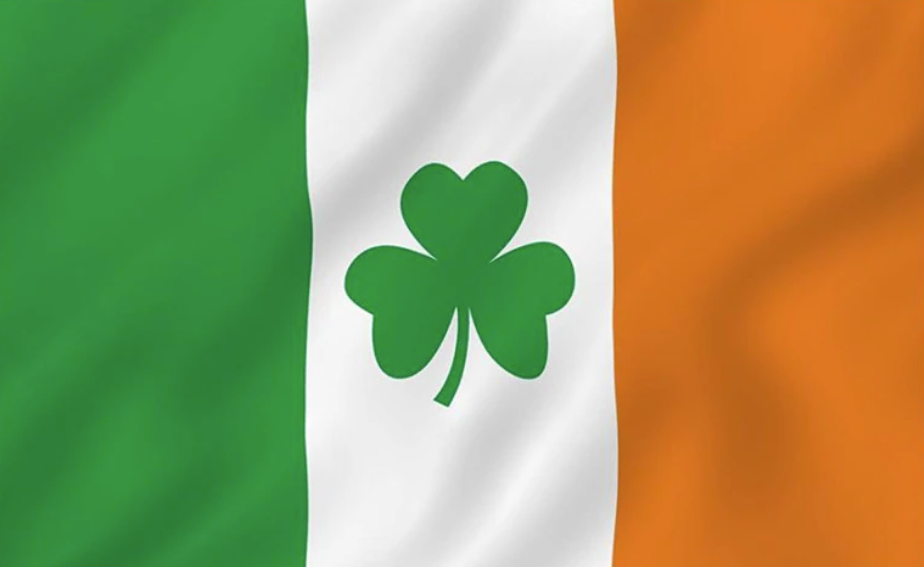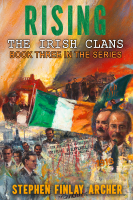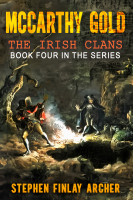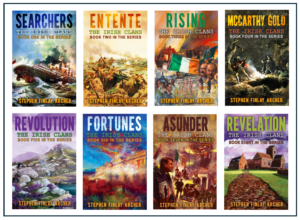Stephen Finlay Archer

















St. Patrick’s Day is Here! – Irish to the Core Weekly Blog 39
St. Patrick’s Day, with all its hoopla rolls around in two days. Many families will be celebrating with Guinness and corned beef and cabbage. Undoubtedly the river in Chicago will be turned green again and there will be a half million revelers in Dublin, Ireland for the extensive, whimsical parade and festivities.
I was there in 2016 where the police cordoned off Temple Bar and party goers were shoulder-to-shoulder all down the street.
It is true that the patron saint of Ireland, St. Patrick died on March 17th. I am not sure how the scholars know that given that there is some controversy over whether he died in 461 or 493 CE.
He was not born Irish, but rather was abducted from a dying Roman Britain as a young man by an Irish raiding party. He was enslaved as a sheep herder in northeastern Ireland until he escaped six years later. Acting on a vision, Patrick returned to Ireland as a Christian missionary to convert the heathens.
Initially he was rejected due to misinformation that he was taking gifts from the population. Eventually he won them over, baptizing thousands, establishing monasteries, converting wealthy women to chastity as nuns and interceding with many clan chieftains.
St. Patrick was never canonized, having lived before the current laws of the Catholic Church. But by the seventh century he was venerated as a Saint in the Catholic Church where he is regarded as equal to the Apostles.
St. Patrick’s Day was made an official Christian event in the early seventeenth century. At that time, it was mainly a religious event, yet with some feasting. This may have been the case because it broke the Lenten fasting period with one day of indulgence including alcohol consumption. It celebrated the arrival of Christianity in Ireland and the heritage and culture of the Irish.
The current extent of the parades and festivities did not originate in Ireland, rather in America where the Irish diaspora missed their homeland. These events cropped up in Irish centers like Boston, New York City and eventually Chicago. This parade and celebrations only migrated back to Ireland in the twentieth century. Over time these parades have become more like a carnival.
Today St. Patrick’s Day events are celebrated in more countries of the world than any other Saint’s remembrance.
There’s a tradition of “drowning the shamrock” where the three-leafed plant is put in the bottom of a cup which is filled with whiskey, beer, or cider. It is then drunk as a toast to Saint Patrick after which the shamrock is removed and thrown over the shoulder for good luck.
I wonder what the religious patron Saint of Ireland would think of these shenanigans in his name today!
Stephen’s novel series “The Irish Clans” can be purchased at https://amzn.to/3gQNbWi




0 Comments